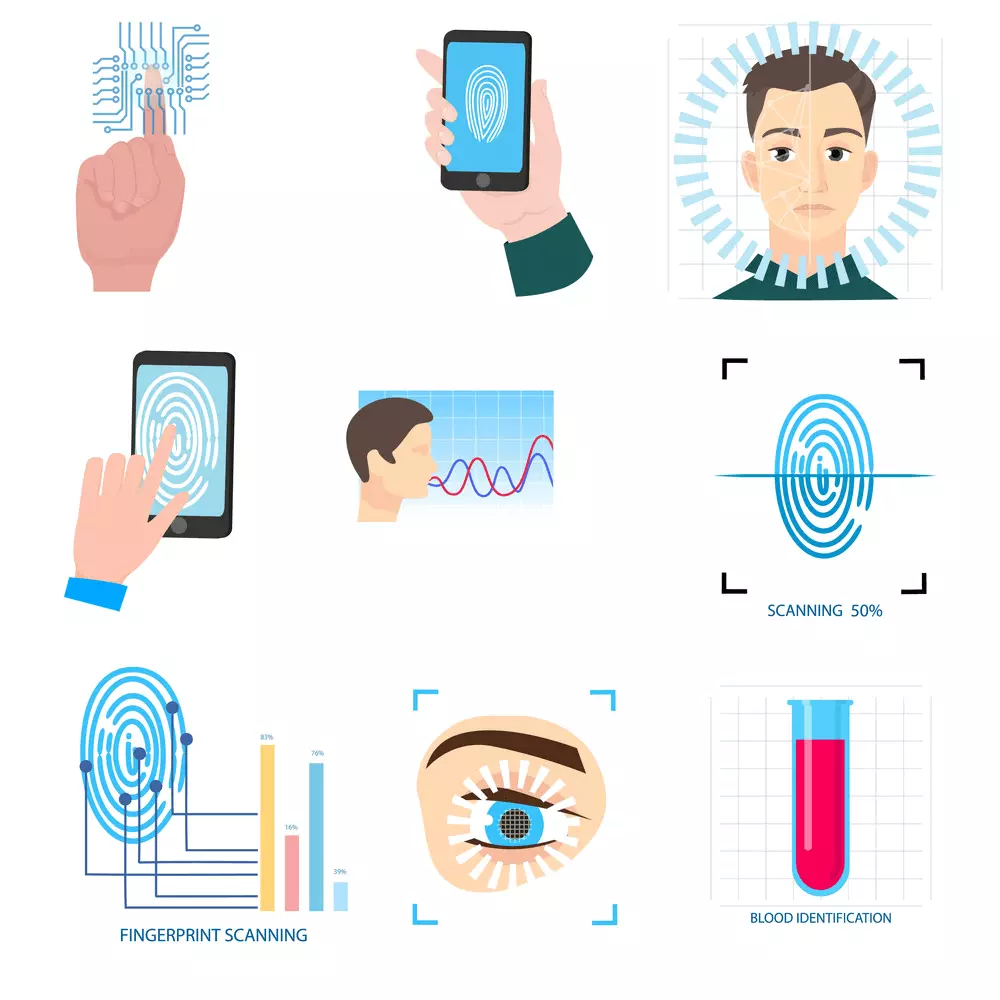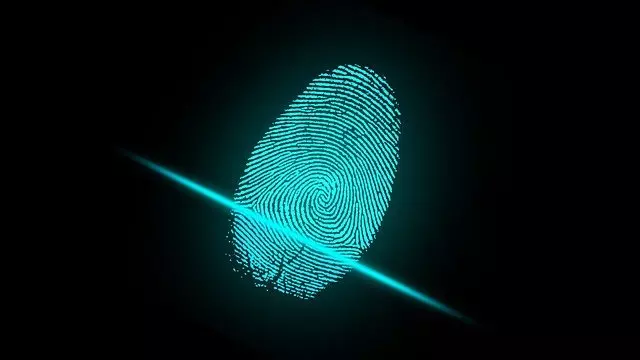Biometrics is a technological and scientific authentication method that allows a person to digitally identify a person to grant access to systems, devices or data.
Biometrics allows a person to be identified and authenticated based on a set of recognizable and verifiable data, which are unique and specific to them.
Biometrics is a Greek word and combination of two words Bio and Metrics. Bio means life and Metrics mean the measure. The biometrics term normally refers to the study of people’s biological characteristics. Now biometrics technology is widely used for single person identification and security.
Also Read:
- What is Biometric authentication
- What is Digital Signature and how does it work
- What is Information Security and Its Types
- What are Trojans:Most effective method to Stay Protected
The Biometric technology is mainly used for identification and access control, or for identifying individuals who are under surveillance. A key difference between biometrics and other systems is that biometrics verification of physical information requires a person to be present, which adds a layer of security because other ID types can be stolen, lost or forged.
Biometrics has the potential to make authentication dramatically faster, easier and more secure than traditional passwords, but companies need to be careful about the biometrics data they collect. Biometrics is used for security systems and replacement systems for ID cards, tokens or PINs.
Types of biometrics

There are two main types of biometrics identifiers depend on either physiological characteristics or behavioral characteristics.
1. Physiological Identifiers
Physiological biometrics Identifiers can be either morphological or biological. These mainly consist of fingerprints, the shape of the hand, of the finger, vein pattern, the eye (iris and retina), and the shape of the face, for morphological analyses.

- Facial recognition
- Fingerprints
- Iris recognition
- Retina scanning
- Voice recognition
- Vein recognition
- DNA matching
2. Behavioral Identifiers
In Behavioral biometrics, identifiers are a newer approach and are typically being used in conjunction with another method because of lower reliability. However, as technology improves, these behavioral identifiers may increase in prominence.
Unlike physical identifiers, which are limited to a certain fixed set of human characteristics, the only limits to behavioral identifiers are the human imagination.
How Biometrics Works
Biometrics systems work by recording and comparing biometric characteristics. Biometrics system can seem complicated, but they all use the same three steps:
- Enrollment (using a sensor that detects the characteristic being used for identification) – The first time you use a biometric system, it records basic information about you, like your name or an identification number. It then captures an image or recording of your specific trait.
- Storage (using a computer that reads and stores the information) – Contrary to what you may see in movies, most systems don’t store the complete image or recording. They instead analyze your trait and translate it into a code or graph. Some systems also record this data onto a smart card that you carry with you.
- Comparison (using a Software that analyzes the characteristic, translates it into a graph or code and performs the actual comparisons ) – The next time you use the biometrics system, it compares the trait you present to the information on file. Then, it either accepts or rejects that you are who you claim to be.
When an individual first uses a biometrics system, their identifying features are enrolled as a reference for future comparison. Depending on the needs of the application, this reference may be stored in a central database or on a personal device such as a phone or a card.
History of Biometrics
The idea of biometrics was present for a few years from now. In the 14th century, China practiced taking fingerprints of merchants and their children to separate them from all others. Fingerprinting is still used today.
In the 19th century, an Anthropologist named Alphonse Bertillon developed a method (named Bertillionage) of taking body measurements of persons to identify them. He had realized that even if some features of the human body are changed, such as length of hair, weight, etc., some physical traits of the body remain unchanged, such as length of fingers.
This method diminished quickly as it was found that the persons with the same body measurements alone can be falsely taken as one. Subsequently, Richard Edward Henry from Scotland Yard developed a method for fingerprinting.
The idea of biometric retinal identification was conceived by Dr. Carleton Simon and Dr. Isadore Goldstein in 1935. In 1976, a research and development effort was put in at EyeDentify Inc. The first commercial retina scanning system was made available in 1981.
Iris recognition was invented by John Daugman in 1993 at Cambridge University. In 2001, Biometrics Automated Toolset (BAT) was introduced in Kosovo, which provided a concrete identification means.
Advantages of biometrics
Thus the use of biometrics has plenty of advantages regarding its use, security and other related functions.
- Hard to fake or steal, unlike passwords.
- Ease of use and convenience.
- Change little over a user’s life.
- Are non-transferrable.
- Templates take up less storage.
Disadvantages of biometrics
On the flip side, no system is perfect, and biometrics offer some disadvantages that need to be considered.
- It is costly to get biometric technology up and running
- A database that stores biometric data can still be hacked, resulting in a data breach
- Injuries can cause a biometric authentication to not work ( a burn on a finger could negate a fingerprint scanner)
- False rejects and false accepts can still occur
- Some systems are harder to adapt for the elderly or those with disabilities
Are biometrics safe to Use
There are serious privacy concerns when it comes to biometrics. Some of the major issues identified with biometrics include these:
- Any collection of data could eventually get hacked. High-profile data may be an especially attractive target for hackers. The good news is that high-profile data tends to be secured on a stronger level.
- The data stored in a biometrics database may be more vulnerable than any other kind of data. You can change passwords. You can’t change your fingerprint or iris scan. This means that once your biometric data has been compromised, it may no longer be in your control.
- Some pieces of your physical identity can be duplicated. For example, a criminal can take a high-resolution photo of your ear from afar or copy your fingerprints from a glass you leave at a cafe. This information could potentially be used to hack into your devices or accounts.
- Laws governing biometrics are a work in progress, meaning your rights might be different from state to state. However, federal lawmakers may eventually create a cohesive law to address biometric privacy.








